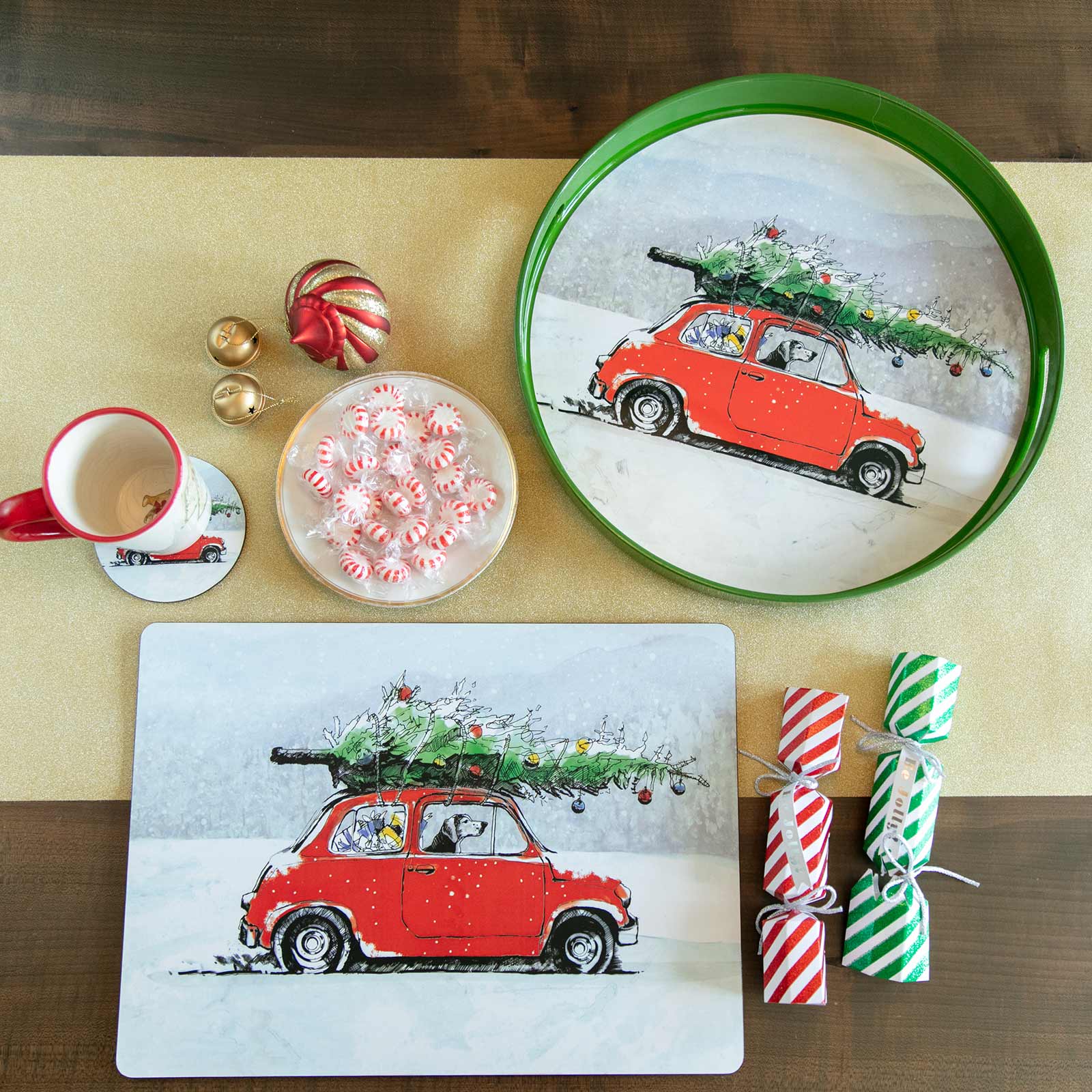The smart Trick of Unique Art That Nobody is Talking About
The smart Trick of Unique Art That Nobody is Talking About
Blog Article
The Buzz on Unique Art
Table of Contents10 Simple Techniques For Unique ArtEverything about Unique ArtEverything about Unique ArtMore About Unique Art
While one may question which art kind holds precedence, the truth continues to be that each of these 7 types offers a special home window into human history, society, and advancement. They are the tapestries that chronicle our journey, reminding us of our past while inspiring visions for the future.Great artwork tells a tale, makes individuals look twice, and develops an unique experience that can't be matched. Art and pictures interact all of that via shade, shape and various other style aspects. Discover just how to make your special art work stand apart from the group.
3 Emil DervishIn this entranceway by Emil Dervish that stunning cobalt blue door takes the show. To bring much more dramatization, he prolonged the paint. to the doorframe and the wall up, ending up in a curved shape. The curves, in addition to a spherical sconce, soften the edges - Unique Art. Frameworks classic posters and maps of cherished places set the scene.
8 TRIA GIOVANEqual parts grand and laidback, this entrance hall designed by Anthony Baratta is the best plan to follow if you're embellishing an official entry that still really feels unfussy and comfy. Patterned textiles take spotlight (see the carpetings and the sofa), yet they likewise aid bring the high ceilings to a human range when hung over wallpaper.
The Of Unique Art
18 Heidi Caillier DesignA gallery wall surface doesn't need to take up the whole area. In some cases a small one can make a larger design statement. In this living area, Hiedi Caillier chose for micro-mini structures and an arbitrary structure.
, the expression of concepts and emotions, with the development of certain aesthetic high qualities, in a two-dimensional visual language. The elements of this languageits shapes, lines, colours, tones, and texturesare made use of in various ways to create feelings of quantity, room, motion, and light on a flat surface area. These elements are integrated right into meaningful patterns in order to stand for genuine or supernatural phenomena, to interpret a narrative motif, or to produce wholly abstract aesthetic relationships.
Later the concept of the "great artist" established in Asia and Renaissance Europe. Throughout the 19th century painters in Western cultures started to shed their social setting and safe and secure patronage.
Getting The Unique Art To Work
Others made an income with exploring events of their job. The need to appeal to an industry had actually replaced the comparable (if much less impersonal) demands of patronage, and its webpage result on the art itself was most likely comparable. Usually, musicians in the 20th century might reach an audience only via business galleries and public galleries, although their job might have been sometimes duplicated in art regulars
For the background of paint in old Egypt, see Egyptian art and style. The development of painting in various areas is treated in a number of articles: Western painting; African art; Central Asian arts; Chinese paint; Islamic arts; Japanese art; Korean art; Indigenous American art; Nautical art and design; South Asian arts; Southeast Asian arts. It is the sense of certainty in this formal company that gives a great painting its self-sufficiency and visibility. The colours and placing of the major pictures in a design might be occasionally greatly determined by representational and symbolic factors to consider. Yet it is the formal interplay of colours and forms that alone is qualified of interacting a specific mood, producing optical feelings of space, quantity, motion, and light and developing forces of both consistency and stress, even when a paint's narrative significance is odd.
Don't copy the style of various other musicians if you're searching for your style. Duplicating other individuals's art work can be fantastic in academic purposes yet it will not make you closer to finding your very own distinct design. Your imaginative design needs to be, what you like and what influences you.

Getting My Unique Art To Work
You require to attempt whole lots of various options and explore everything prior to you can concentrate on one certain style or you'll be bored, or even worse, you'll dislike your very own style. So I suggest you to attempt every solitary subject that you have an interest in, discover More about the author as much as you can. Attempt different tools that delight you and new techniques you have actually never ever attempted click here to read prior to.
With time you'll have the ability to sort every one of them right into your favored and the very least favorite classifications. Try to focus your interest on the topics and tools that you like and before you see it coming you'll have your very own individual and unique style, like no person else have! So in the long run you'll have a couple of preferred based on repaint and maybe a couple of favored mediums.

Report this page